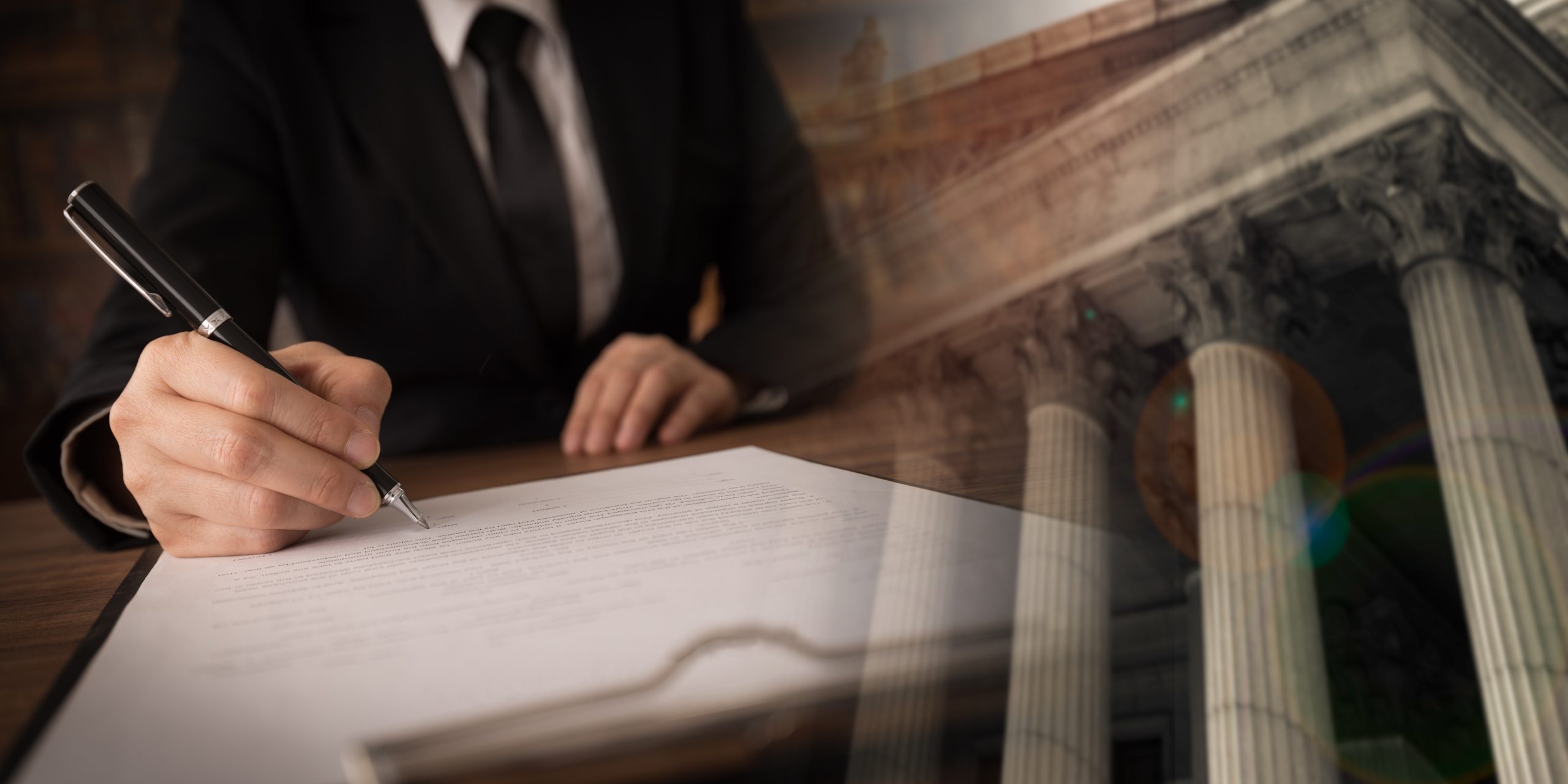The Litigation Process
 After suffering devastating injuries in any type of accident, you are likely feeling helpless and overwhelmed. If another’s carelessness or irresponsibility caused your injuries, you might be eligible to pursue a personal injury lawsuit. The Dietrich Legal Team’s veteran litigators realize that the litigation process may seem both complex and intimidating. Our lawyers believe that by helping you better understand the legal process, we can eliminate most of your stress and uncertainty.
After suffering devastating injuries in any type of accident, you are likely feeling helpless and overwhelmed. If another’s carelessness or irresponsibility caused your injuries, you might be eligible to pursue a personal injury lawsuit. The Dietrich Legal Team’s veteran litigators realize that the litigation process may seem both complex and intimidating. Our lawyers believe that by helping you better understand the legal process, we can eliminate most of your stress and uncertainty.
Steps In The Personal Injury Litigation Process
Although no two claims are identical, each lawsuit filed in New York Supreme Court follows the same steps as it advances through the litigation process. The actions that the Dietrich Law Firm P.C.’s highly experienced attorneys will take include:
- Filing the Summons and Complaint: A summons and complaint are served on the defendant to commence the lawsuit. The summons is a legal document that informs a defendant that the plaintiff has initiated legal action and demands an answer to the complaint. The complaint sets out the nature of the claim, including reasons for pursuing the lawsuit, as well as the date and location of the accident. Both the summons and complaint are filed in the county clerk’s office and served to the defendant.
- Reviewing the Defendant’s Response: Depending on the delivery method, the defendant then has roughly 20-30 days to serve a response to the complaint, also known as an answer. In the answer, the defendant can either admit or deny each of the claims made by the plaintiff. If the defendant fails to file an answer within the allotted time, the plaintiff can apply for a default judgment.
- Filing a Bill of Particulars: The Bill of Particulars further explains the plaintiff’s injuries, hospital bills, and lost wages. Additionally, the legal document describes the details of the accident and why the defendant should be held responsible for the plaintiff’s damages.
- The Preliminary Conference: Early in the lawsuit, the preliminary conference brings the parties together with the court to set the trial calendar. This court conference schedules a timeframe for discovery to take place. It sets out all documents, information, and authorizations the parties must exchange.
- Discovery: This crucial fact-finding stage provides both parties an excellent chance to evaluate one another’s evidence. To obtain information from the opposing side, both the plaintiff and defendant can serve requests for the production of documents, admissions, and interrogatories. Attorneys and their clients may ask the opposite party questions under oath, which is known as a deposition. Additionally, the defense can request the plaintiff to submit to an independent medical examination.
- Pre-Trial Motions: These motions request the judge to rule on specific procedural and legal issues, such as motions for summary judgment or to vacate a default judgment.
- Settlement Negotiations: In most cases, there will be several opportunities to resolve the plaintiff’s lawsuit before trial. The Dietrich Law Firm P.C.’s veteran litigators often settle cases through conferences, mediation, or arbitration.
- Trial: If a reasonable settlement cannot be obtained, we will present all of our evidence in a jury trial.
Discuss Your Potential Claim With A Top Rated Buffalo, New York Personal Injury Lawyer!
The Dietrich Law Firm P.C.’s lawyers have extensive experience successfully guiding our clients through their cases. For additional information regarding the injury claim process, please dial 716-839-3939 or fill out our online consultation form.
 Buffalo Personal Injury Lawyer News
Buffalo Personal Injury Lawyer News

